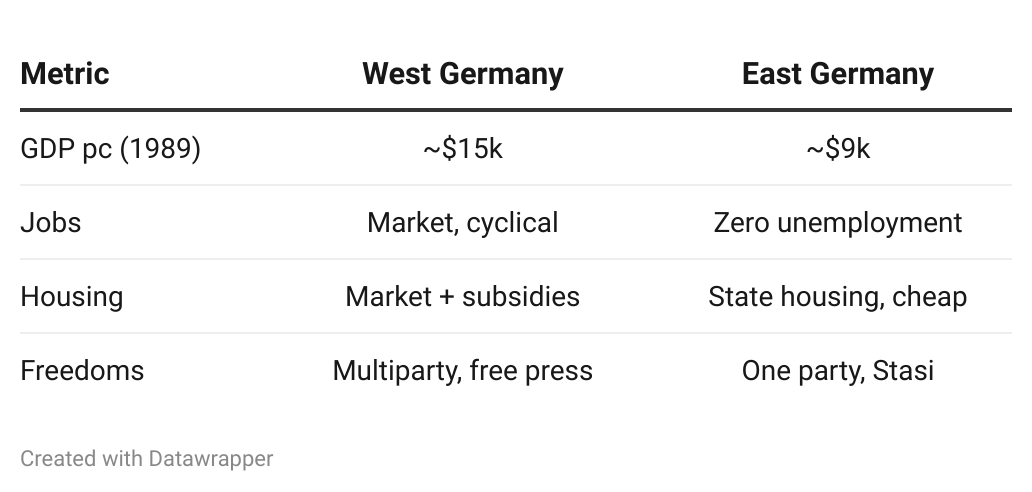
Traditional Cold War narratives often portray Germany’s division as a one-sided tale—Stalin the villain and the West the hero. But the real story is more nuanced. From pivotal documents like the Stalin Note to comparisons between East and West Germany, Austria’s neutrality model, and the rise of the BRICS bloc today, we see a richer, more complex arc of history.
1. The Division of Germany: Shared Responsibility
-
The Allied agreement at Yalta and Potsdam (1945) explicitly partitioned Germany into four occupation zones—US, UK, France, USSR—and similarly divided Berlin. Xinhua News
-
In 1948, the Western Allies introduced the Deutsche Mark in their zones, triggering the Berlin Blockade and subsequent Air‑lift, solidifying the division. Wikipedia
2. The Stalin Note: A Missed Path to Unity
-
Stalin’s 1952 proposal offered German reunification through neutrality and free elections. Western rejection, unlike Austria’s acceptance of a similar deal in 1955, closed the window for a neutral and unified Germany. Council on Foreign Relations
3. East vs West Germany: Two Models, One Contested Legacy
-
The GDR was the strongest economy inside the Eastern Bloc, with high literacy, employment, education, housing, and social services. Wikipedia
-
The FRG, by contrast, was integrated into global markets with consumer abundance but higher inequality.
4. Austria: The Exception That Proves the Rule
-
Austria, like Germany, was divided post-WWII, yet regained full sovereignty and declared neutrality by 1955. Euromaidan Press
5. Socialism’s Legacy: Security vs Consumerism

The Soviet-style model provided no unemployment, universal healthcare and education, and state housing—achievements that Western capitalist systems often struggled to guarantee.
Its limitations? Central planning led to inefficiencies, shortage-driven living, and limited innovation. But its social core—providing basic security—was undeniably strong. With reform and time, such a system might have matured into a high-function, high-welfare model.
6. Today: Debt-Plagued West vs Rising Multipolar Bloc
Western Debt Crisis:
BRICS and the Global South:
Expanded BRICS now includes countries like Saudi Arabia, Egypt, UAE, Iran, and others—covering over 25% of global GDP and nearly half the world’s population. Council on Foreign Relations
The bloc promotes intra-bloc trade, use of local currencies, and a shift away from dollar dependency. Xinhua News
Scholars argue their GDP (PPP) now outpaces the G7 — US, EU, Japan combined. idcpc.org.cn
The world is realigning: the West is deep in debt and financial fragility, while a state-led, multipolar bloc rooted in economic sovereignty is growing—echoing socialist principles of stability and equity.
From Cold War divisions to today’s shifting geopolitical terrain, the contours of power are changing. Germany could have been reunified neutrally if strategic paths like the Stalin Note had been honored. East Germany wasn’t weak—it was a different model with strengths that Western narratives obscure. And now, as Western debt crises deepen, the multipolar bloc led by Russia, China, and BRICS shows that state-centered, long-term economic planning still holds sway.










